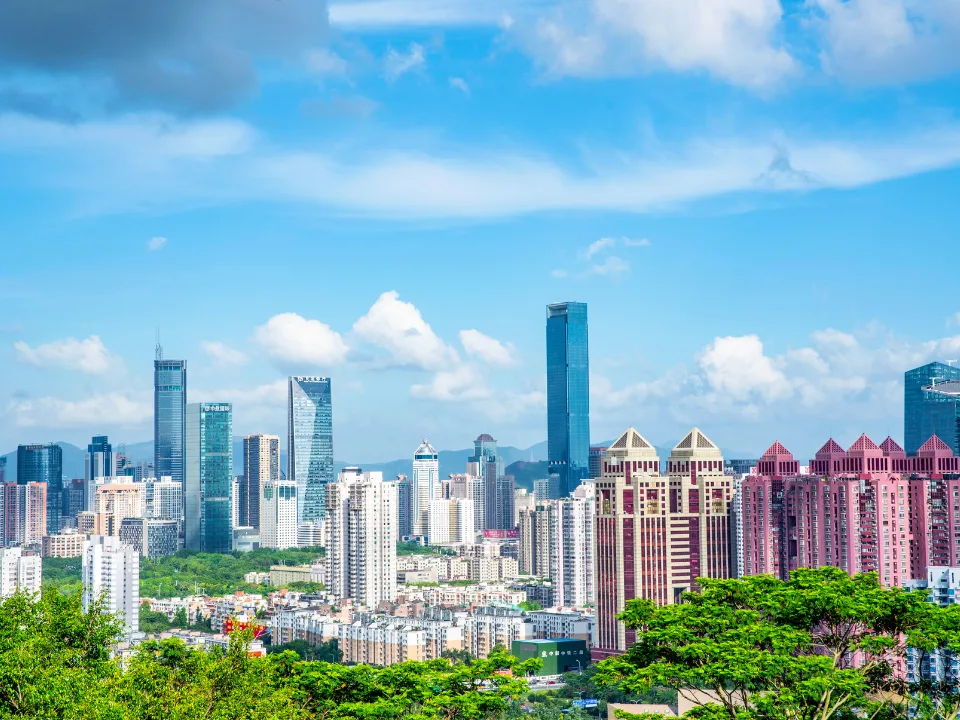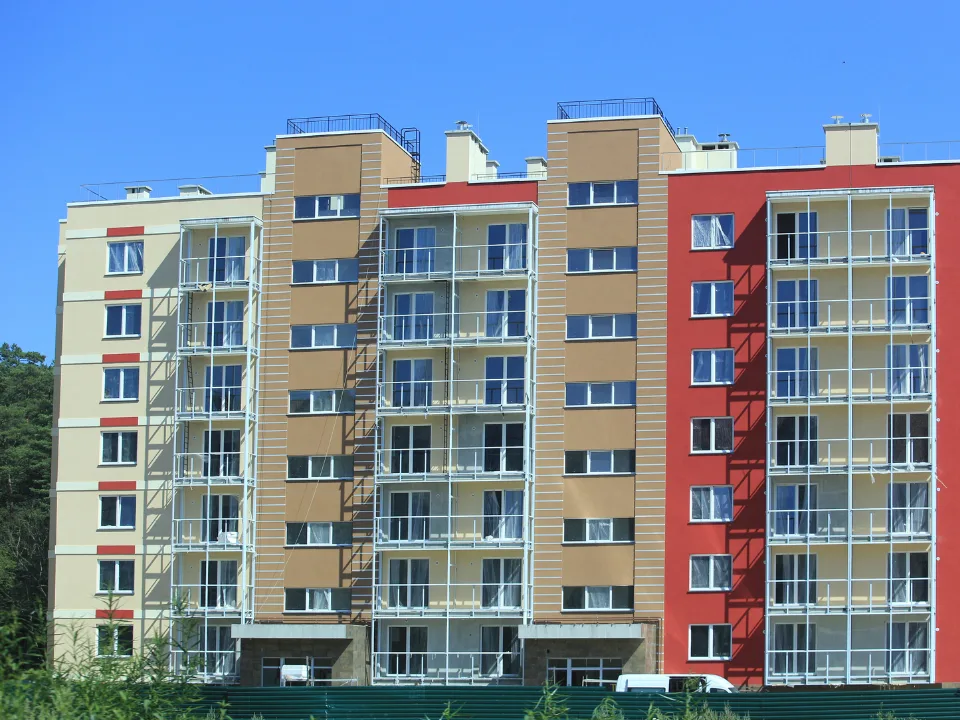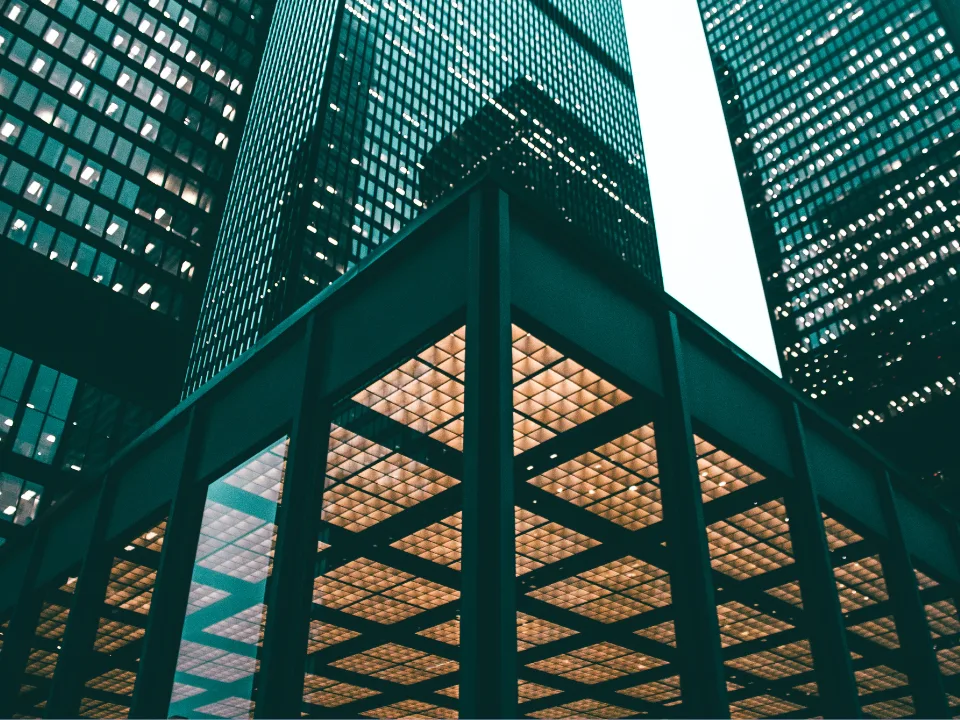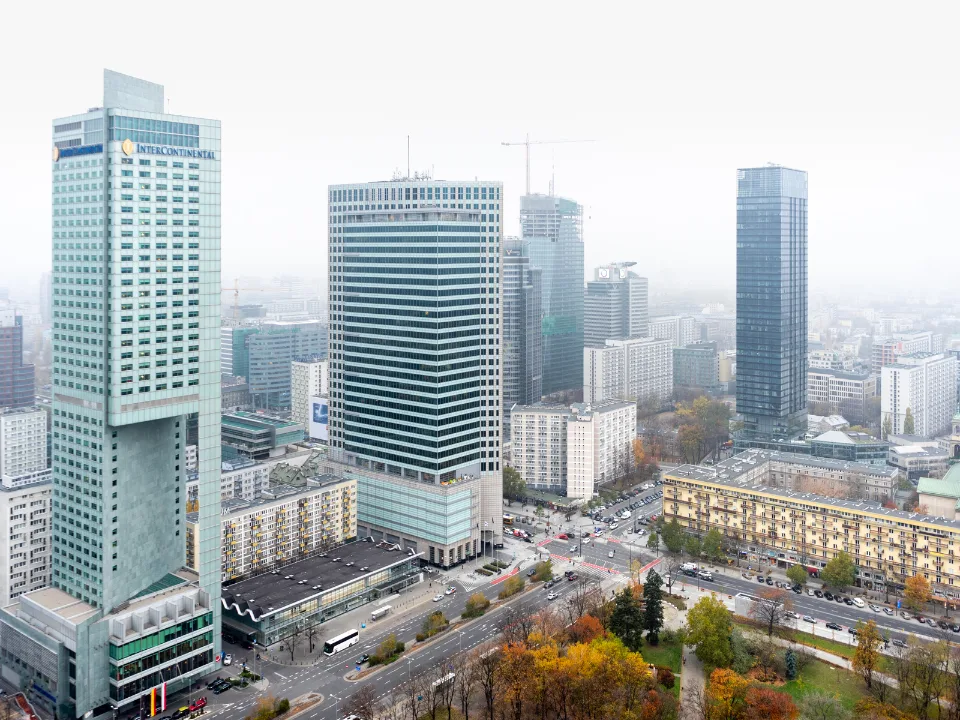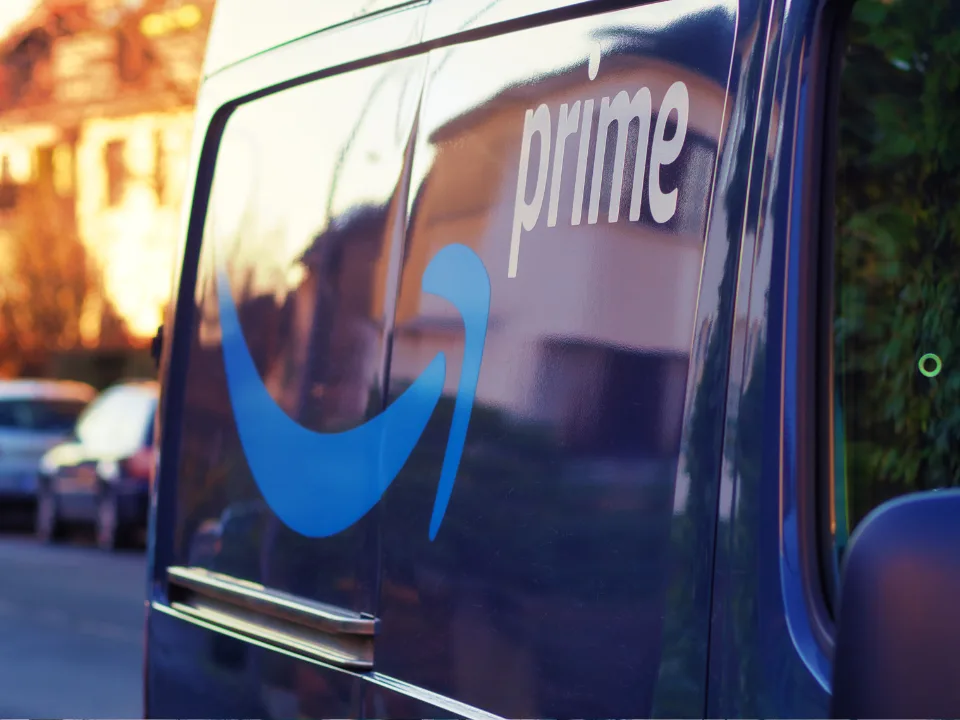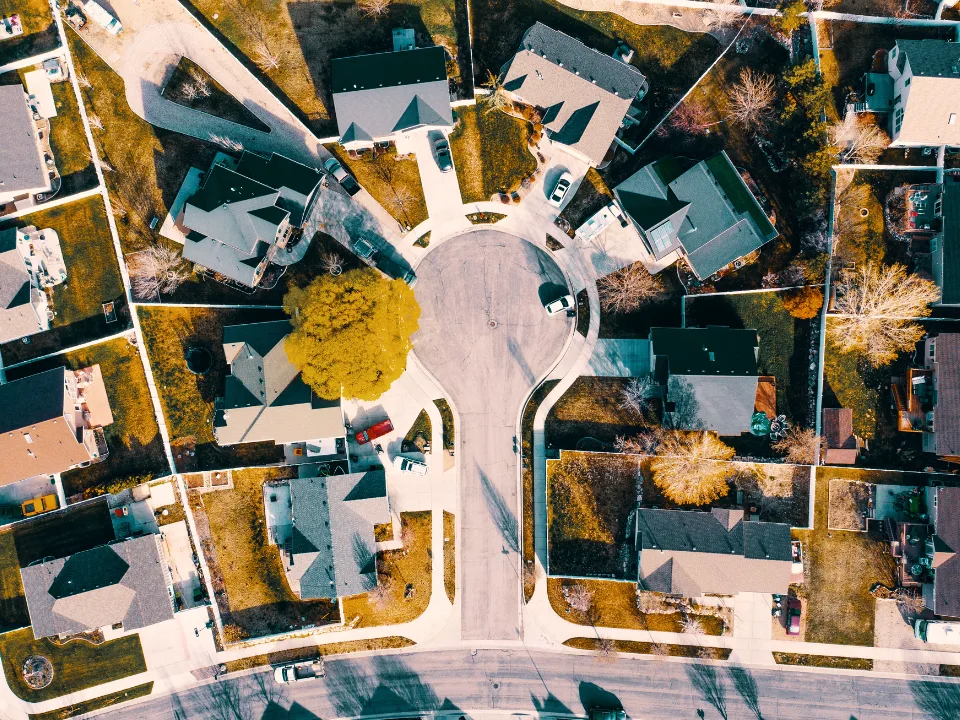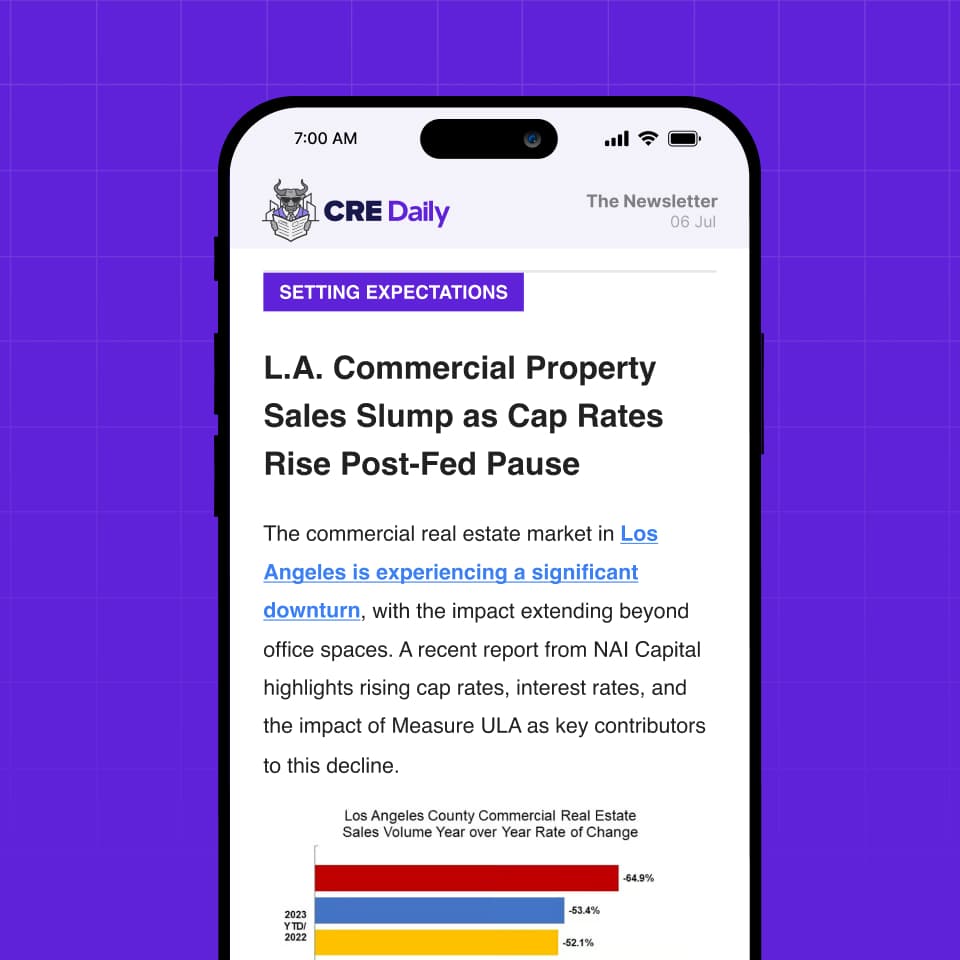- Austin ranked second nationwide for office construction, with 3.6M SF underway—3.7% of existing stock.
- Vacancy hit 27.4% in February, the highest among major Sun Belt metros, driven by oversupply and tenant downsizing.
- Office investment slowed, totaling just $66M in early 2025—well behind peers like Houston and Dallas.
- Conversions remain unlikely, despite suitable properties, as the city has yet to offer incentives for adaptive reuse.
Growth and Oversupply
Austin continues to push ahead in office development, ranking just behind Boston with 3.6M SF under construction as of February, according to Commercial Property Executive.
That represents 3.7% of the city’s existing inventory—well above the national average and outpacing regional competitors like San Diego, Dallas, and Nashville. Among the most prominent projects is The Republic, an 833K SF downtown high-rise from Lincoln Property Co., Phoenix Property Co., and DivcoWest. Designed to achieve LEED Gold certification, the tower is expected to deliver later this year.
Investment and Leasing Activity Remain Tepid
Despite its robust construction pipeline, Austin’s office investment activity started the year on a slow note. Only $66M in assets traded in the first two months of 2025, with an average price per SF of $376.1—more than double the national average but reflecting a limited number of high-quality deals.
The market’s most significant recent deal closed late last year when Cousins Properties acquired the Sail Tower—an 804K SF building fully leased to Google—at a reported price north of $521M.
Vacancy Challenges and Limited Leasing Momentum
Austin’s office vacancy rose to 27.4% in February, up 530 basis points year-over-year and 770 basis points above the national average. The oversupply of space and tenant downsizing trends have weighed heavily on market fundamentals.
Leasing activity has been modest. Notable deals include IBM’s 320K SF lease assumption at Domain 12, set to take effect in 2026, and RBC Wealth Management’s smaller footprint at Uplands Corporate Center.
Get Smarter about what matters in CRE
Stay ahead of trends in commercial real estate with CRE Daily – the free newsletter delivering everything you need to start your day in just 5-minutes
Conversions Face Roadblocks
A report by city officials last year identified 15 office buildings totaling 1.4M SF as prime candidates for residential conversion. However, without public incentives or tax breaks, adaptive reuse remains largely theoretical in Austin. The last notable office-to-residential conversion in the city occurred in 2004.
Coworking Expands, But Trails Other Markets
With traditional office demand slowing, coworking continues to emerge as a flexible alternative. Austin had 1.8M SF of coworking space as of February—roughly 1.8% of its inventory. While this segment is growing, it still trails behind Miami, Nashville, and San Diego in market share. New entrants like The Malin have recently opened locations in East Austin, signaling continued demand for shared workspace solutions amid a broader reevaluation of traditional office needs.
What’s Next
Austin’s office sector is navigating a paradox: robust development and high investor interest in select assets, juxtaposed with elevated vacancies and slower leasing activity. While coworking and strategic developments like The Republic point to resilience, future growth may hinge on broader economic recovery, corporate space strategies, and whether the city supports adaptive reuse as a solution to shifting demand.
